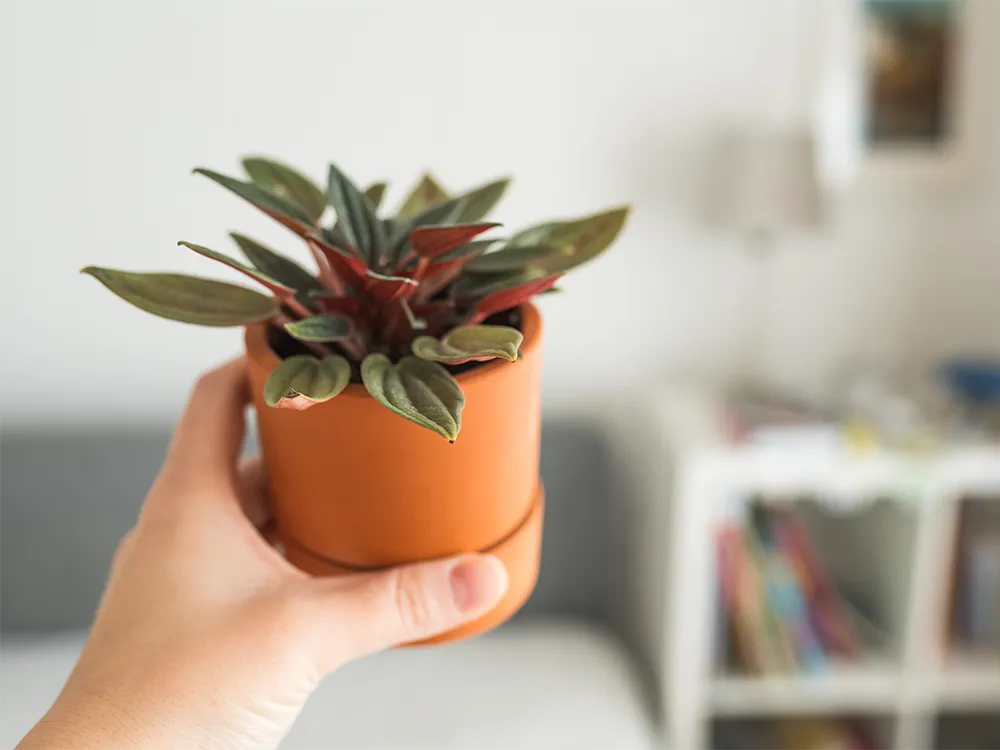At a glance
-
Light
Bright, indirect light; tolerates lower light but growth slows.
-
Water
Moderate; allow top 2–3 cm of soil to dry before watering.
-
Temperature
18–26 °C; avoid cold drafts.
-
Humidity
Average household humidity (40–60%) is fine.
Care difficulty
Easy
Peperomia are forgiving plants that adapt well to indoor conditions. As long as you avoid extremes — too much water or too little light — they thrive with minimal care. Perfect for plant lovers who want greenery that doesn’t outgrow its space.
Detailed care instructions
-
Light
Peperomia do best in bright, indirect light. Too little light causes legginess; too much direct sun can scorch leaves. East- or north-facing windows are ideal, or filtered light from a south/west window.
- Variegated types need a bit more light to maintain patterns.
- Solid green types tolerate lower light better.
-
Water
Allow the top 2–3 cm of soil to dry before watering. Overwatering is the most common problem.
- Use rainwater if possible; tap water is fine if not too hard.
- In winter, reduce watering as growth slows.
- Ensure pot has drainage holes; Peperomia dislike sitting in soggy soil.
-
Humidity
Average household humidity is usually sufficient.
- If air is very dry (below 40%), mist occasionally with distilled water or place near a pebble tray.
- Avoid misting late in the day to prevent prolonged wetness on leaves.
-
Temperature
Keep between 18–26 °C. Peperomia are sensitive to cold drafts and shouldn’t be exposed below 12 °C.
-
Fertilizer
During spring and summer, feed monthly with a diluted balanced liquid fertilizer. Skip feeding in autumn and winter.
-
Soil & Repotting
Use a well-draining, peat-free houseplant mix with added perlite or orchid bark for aeration.
- Peperomia prefer to be slightly root-bound; repot only every 2–3 years.
- Always choose a pot with drainage holes.
Common problems & solutions
What you see: lower leaves turn yellow.
Cause: overwatering.
Solution: let soil dry more between waterings.
Prevention: follow the “soak and dry” method, never keep constantly wet.
What you see: plant appears limp.
Cause: underwatering, or occasionally root rot.
Solution: water thoroughly if soil is dry; if soggy, check roots.
Prevention: monitor soil moisture; balance watering.
What you see: stretched stems with sparse leaves.
Cause: insufficient light.
Solution: move to a brighter location with indirect light.
Prevention: rotate pot regularly; provide steady, bright light.
What you see: soft, discolored patches.
Cause: overwatering or fungal issues.
Solution: prune affected leaves; adjust watering.
Prevention: use well-draining soil; water only when topsoil is dry.
What you see: white cottony clusters, tiny flies, or webbing.
Solution (pet-safe): wipe leaves with damp cloth, rinse plant, or use mild soap solution; isolate plant.
Prevention: avoid overwatering (reduces gnats), check undersides of leaves weekly.
Pet safety: avoid chemical pesticides; let leaves dry before pets are near.
Peperomia
-
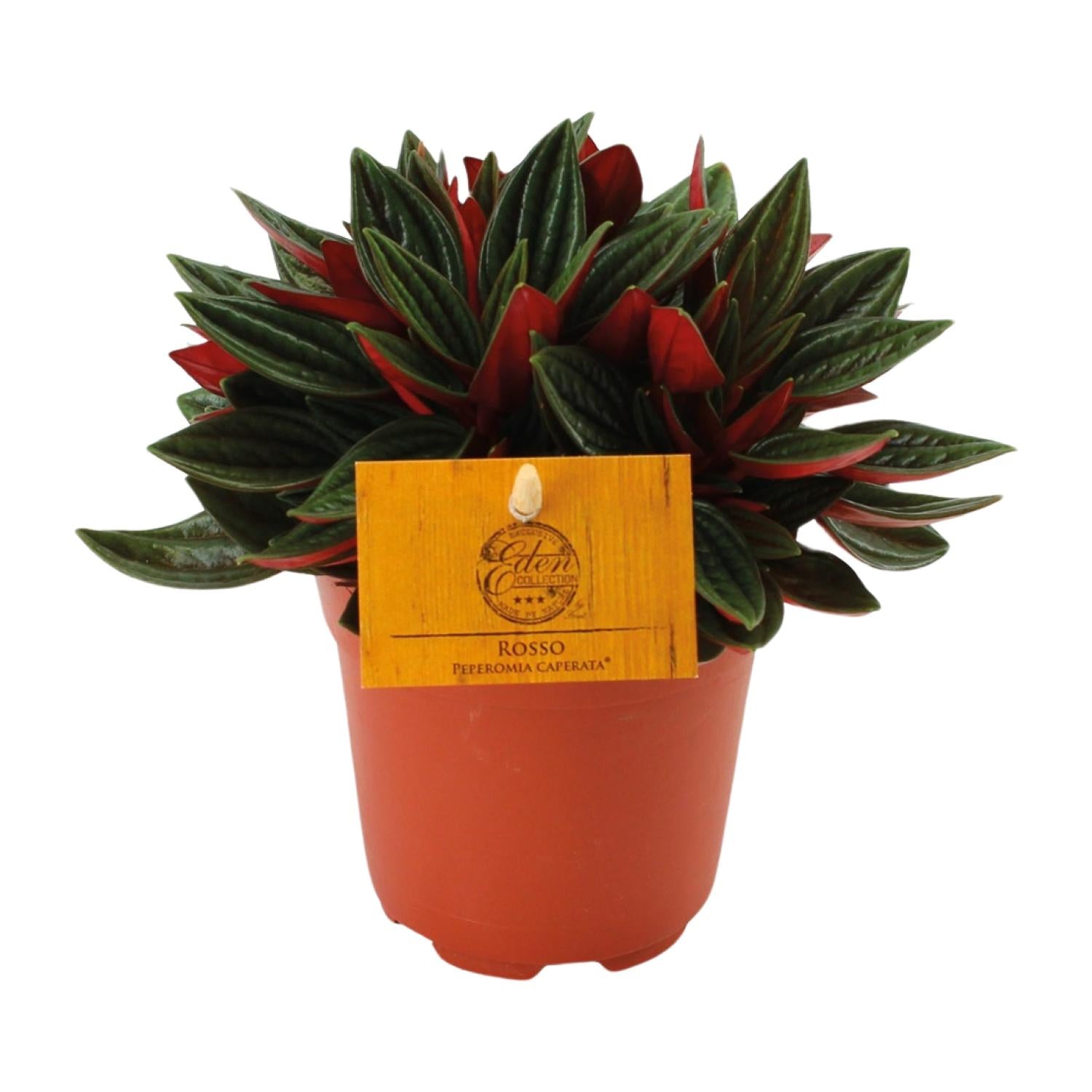

Peperomia 'Caperata Rosso'
Emerald Ripple Peperomia ‘Rosso’- Regular price
- €0,00
- Unit price
- per
- 15 centimeters
- 11 centimeters pot diameter
- Cat-safe
- Dog-safe
-
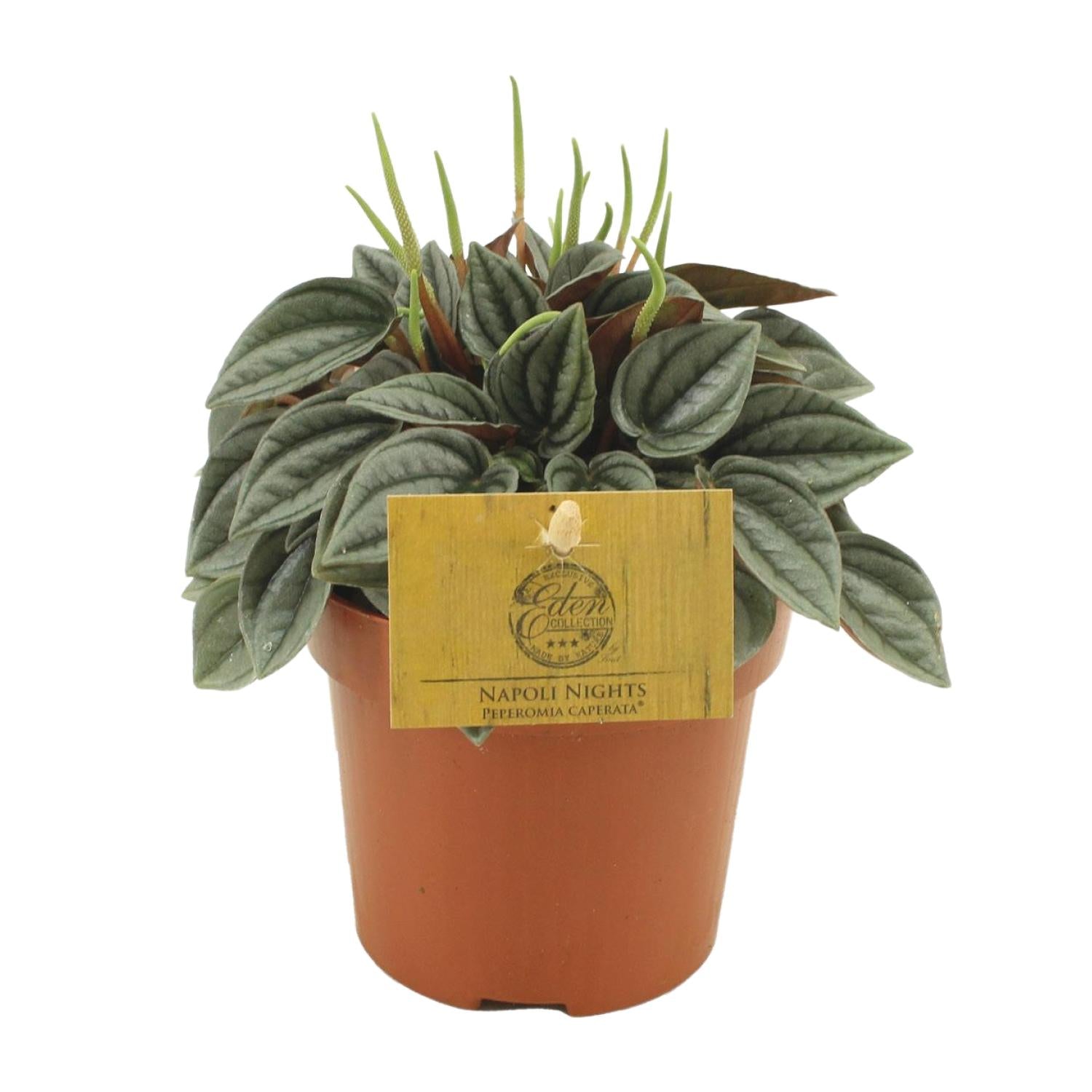
Peperomia 'Napoli Nights'
Peperomia ‘Napoli Nights’- Regular price
- €8,95
- Unit price
- per
- 15 centimeters
- 10 centimeters pot diameter
- Cat-safe
- Dog-safe
-
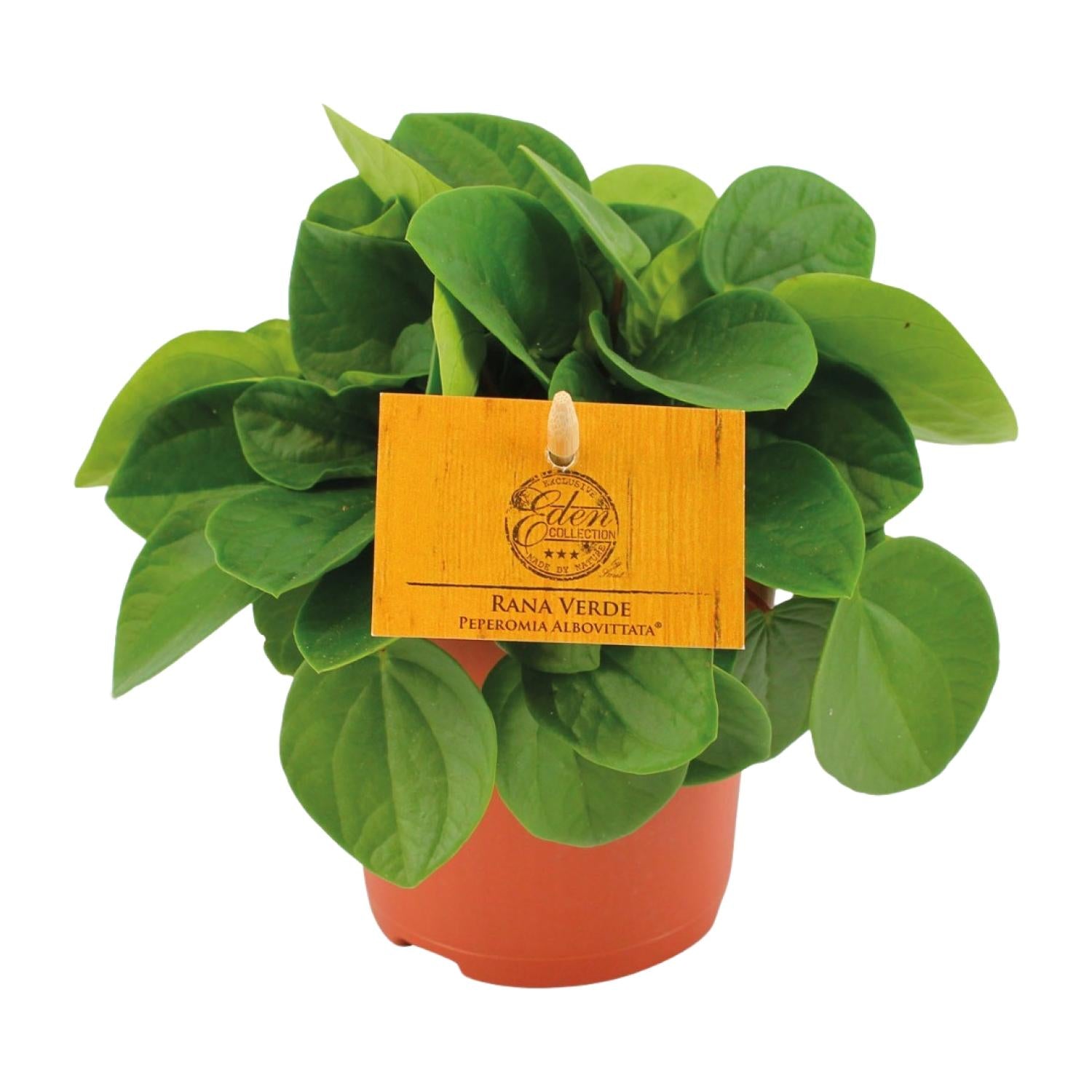

Peperomia 'Rana Verde'
Peperomia 'Rana Verde'- Regular price
- €8,95
- Unit price
- per
- 15 centimeters
- 11 centimeters pot diameter
- Cat-safe
- Dog-safe
-
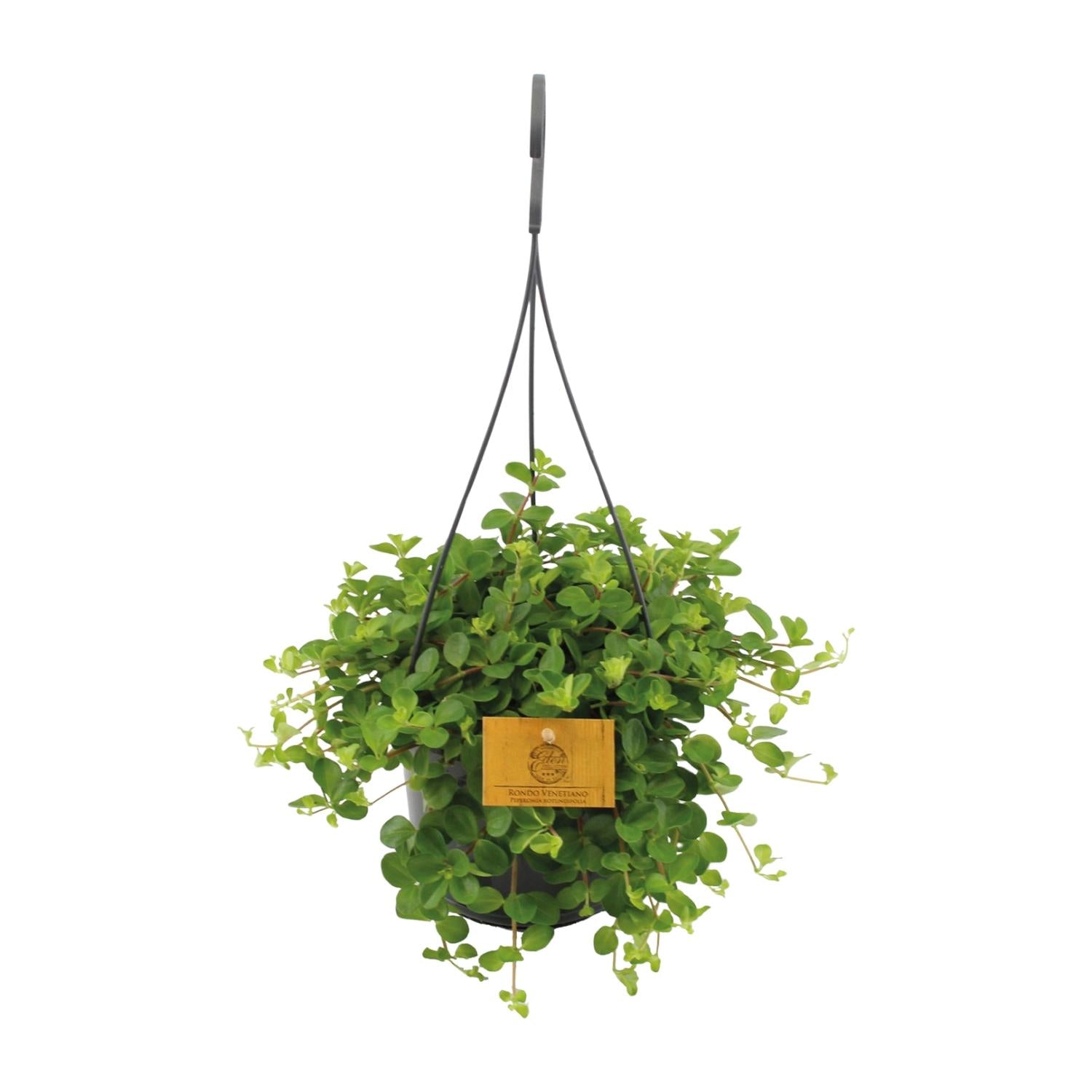

Peperomia Rotundifolia (Hanging pot) - Medium
Trailing Jade- Regular price
- €13,95
- Unit price
- per
- 25 centimeters
- 15 centimeters pot diameter
- Cat-safe
- Dog-safe
-
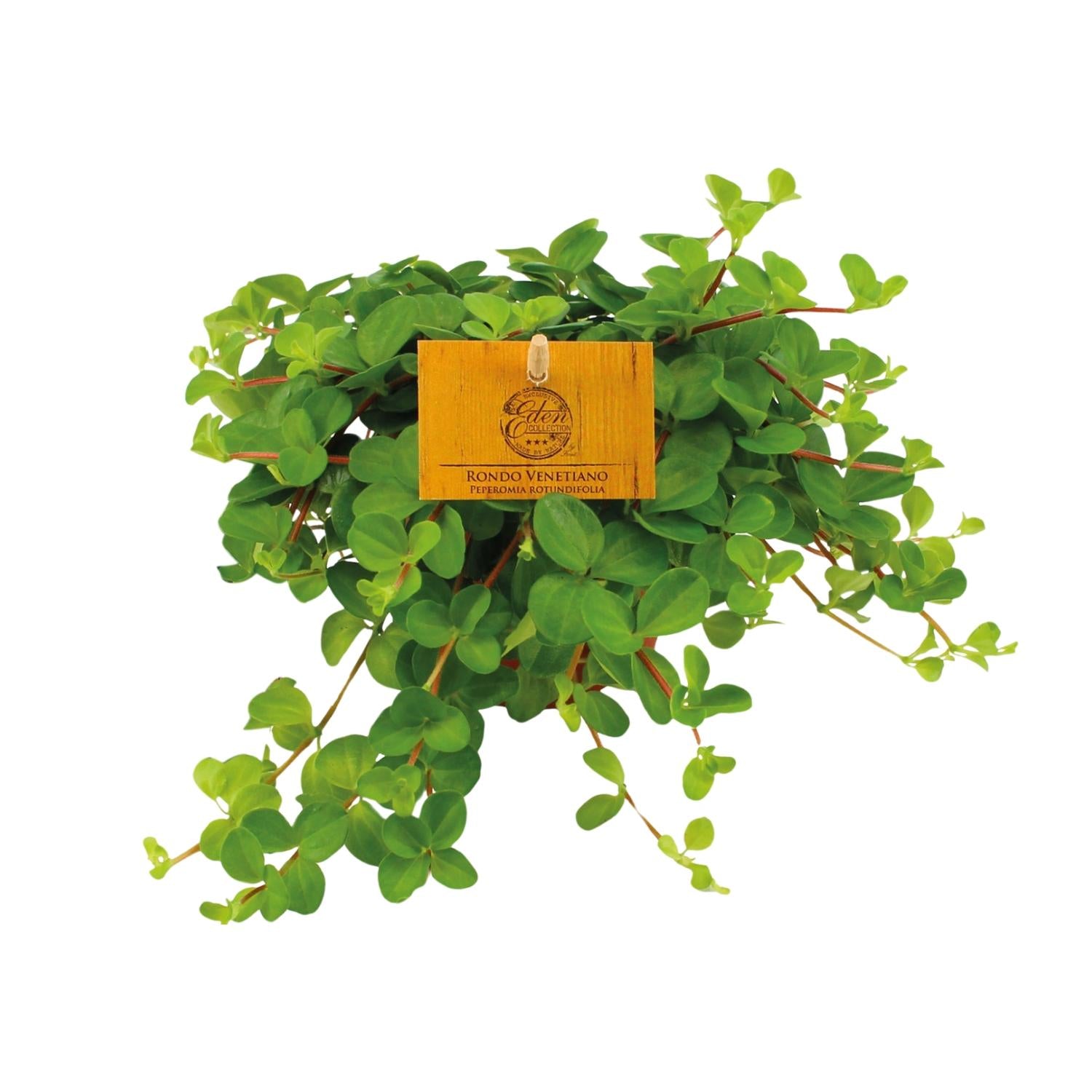

Peperomia Rotundifolia - Small
Trailing Jade- Regular price
- €8,95
- Unit price
- per
- 15 centimeters
- 11 centimeters pot diameter
- Cat-safe
- Dog-safe
-
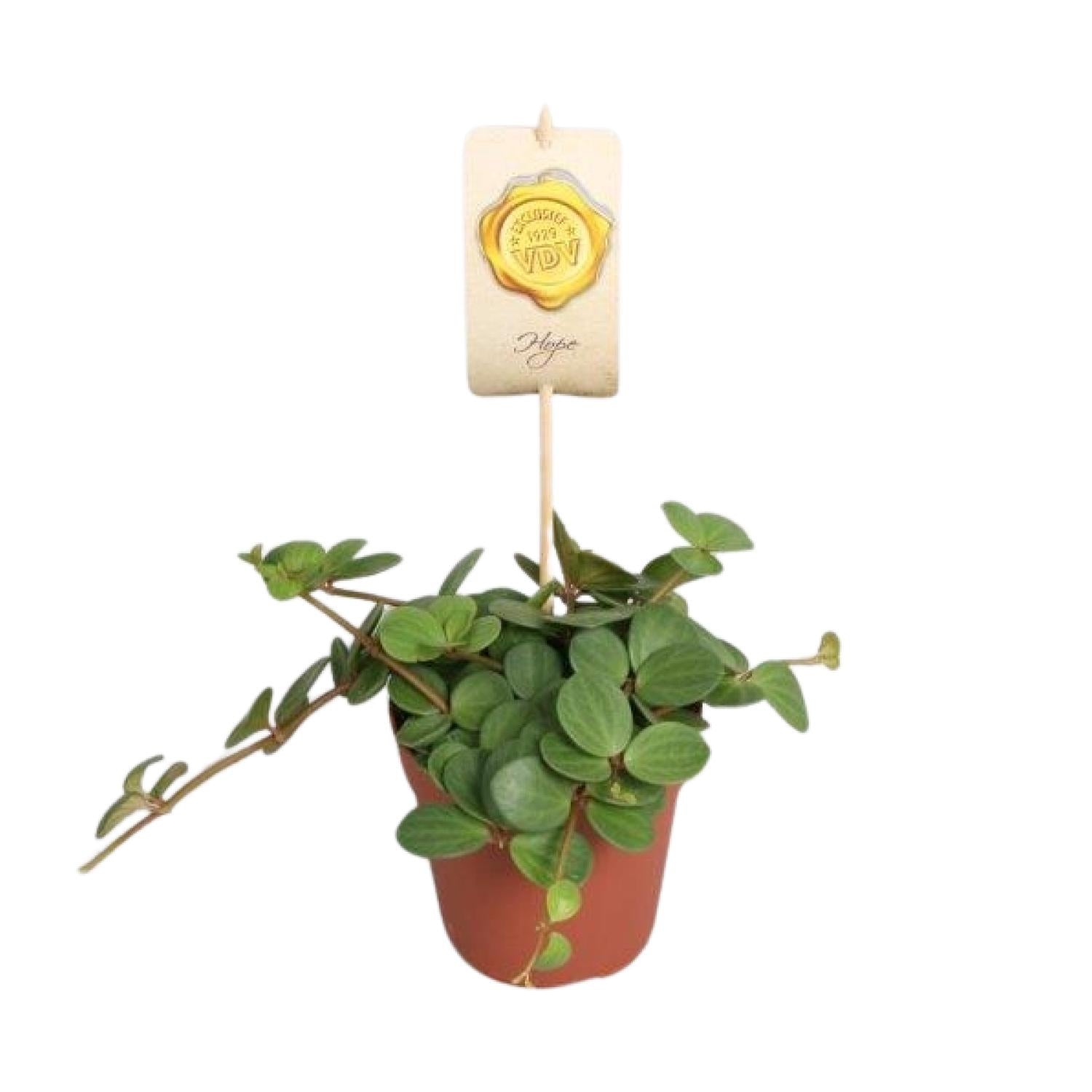

Peperomia ‘Hope’
Peperomia ‘Hope’- Regular price
- €9,95
- Unit price
- per
- 15 centimeters
- 12 centimeters pot diameter
- Cat-safe
- Dog-safe
-
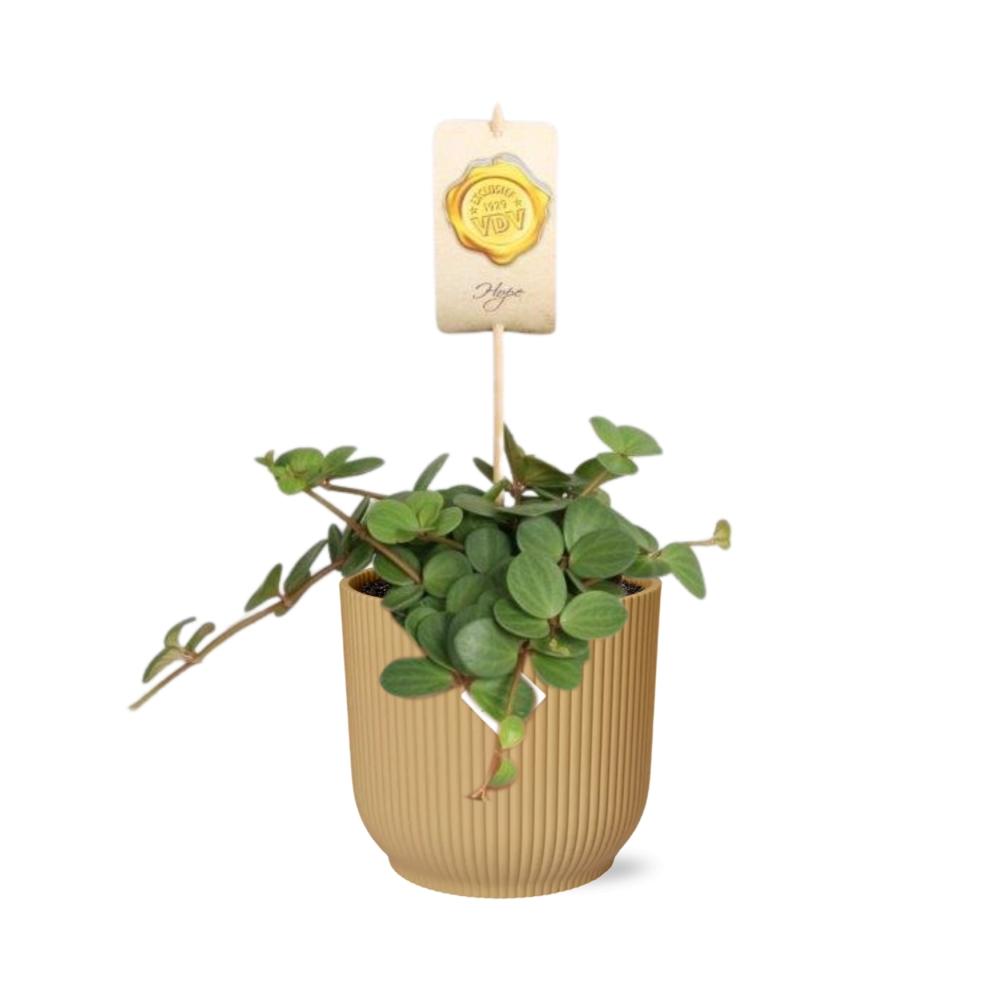

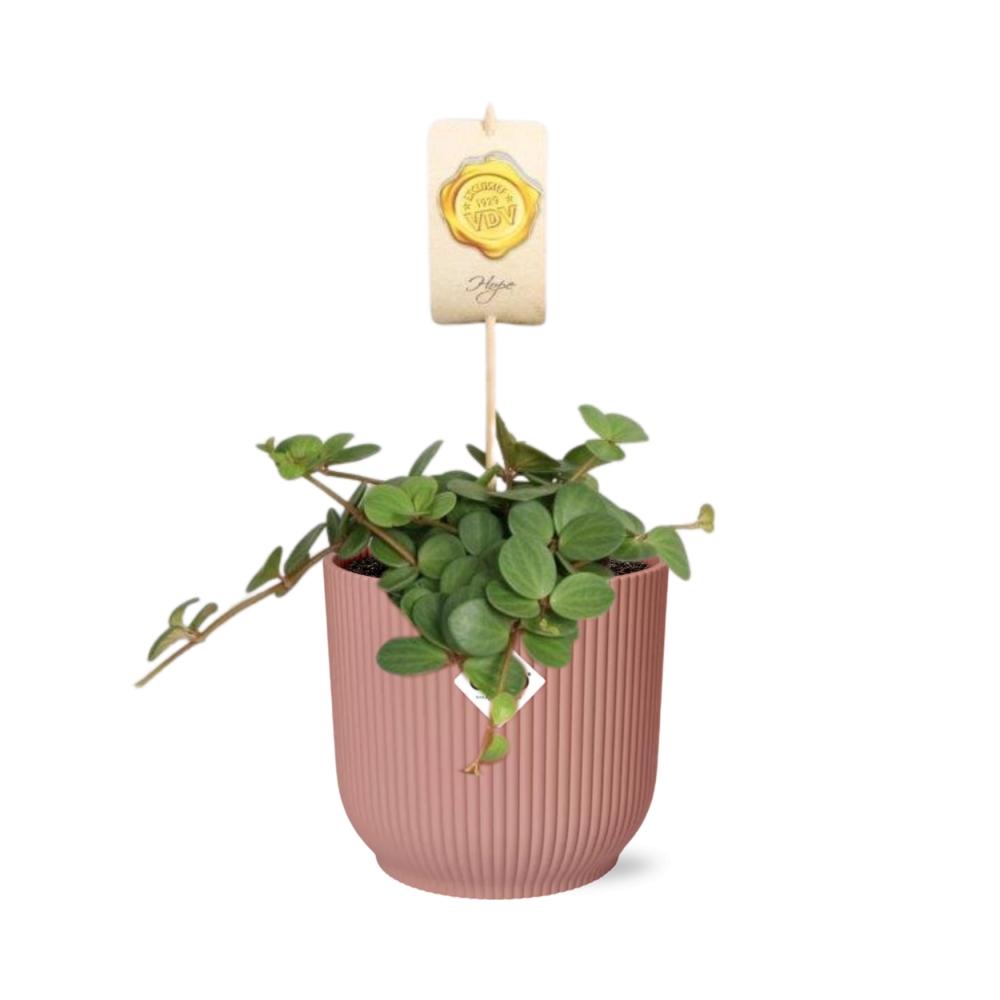
Peperomia ‘Hope’ + Decorative Pot
Peperomia ‘Hope’- Regular price
- €26,95
- Sale price
- €28,95
- Unit price
- per
- 14 centimeters pot diameter
- Cat-safe
- Dog-safe
